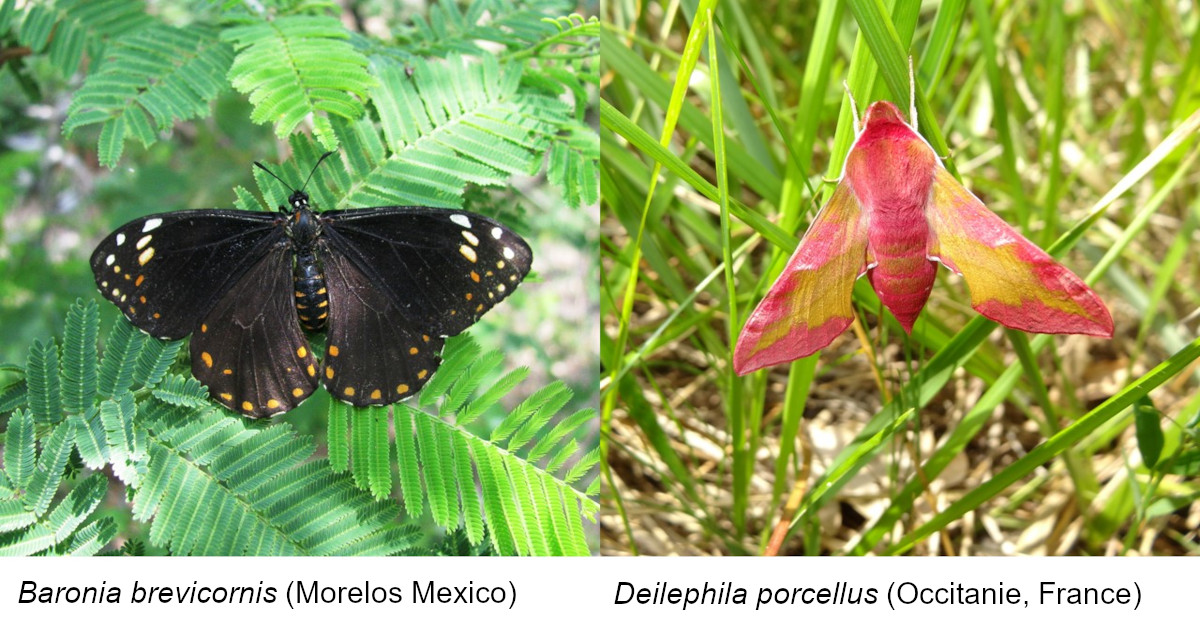Global Diversity of Lepidopteras
A special issue of Diversity (ISSN 1424-2818). This special issue belongs to the section "Animal Diversity".
Deadline for manuscript submissions: closed (31 October 2022) | Viewed by 24896

Special Issue Editor
Interests: molecular evolution; dynamic of communities and populations; plant–insect interactions, ecology; tools: mitochondrial DNA; ISSR; cuticular hydrocarbons; field ecology; model organisms: lepidoptera; diptera; spiders
Special Issues, Collections and Topics in MDPI journals
Special Issue Information
Dear Colleagues,
Since I have been working on this subject for more than 30 years, I have offered a special widely open issue on butterflies. The goal of this proposal is that we can offer an overview of the research developed on these insects. We will focus on high-level articles dealing with biogeography, distribution modeling, behavior, population genetics, systematics and ecology of wild species, excluding agricultural pests.
Dr. Luc Legal
Guest Editor
Manuscript Submission Information
Manuscripts should be submitted online at www.mdpi.com by registering and logging in to this website. Once you are registered, click here to go to the submission form. Manuscripts can be submitted until the deadline. All submissions that pass pre-check are peer-reviewed. Accepted papers will be published continuously in the journal (as soon as accepted) and will be listed together on the special issue website. Research articles, review articles as well as short communications are invited. For planned papers, a title and short abstract (about 100 words) can be sent to the Editorial Office for announcement on this website.
Submitted manuscripts should not have been published previously, nor be under consideration for publication elsewhere (except conference proceedings papers). All manuscripts are thoroughly refereed through a single-blind peer-review process. A guide for authors and other relevant information for submission of manuscripts is available on the Instructions for Authors page. Diversity is an international peer-reviewed open access monthly journal published by MDPI.
Please visit the Instructions for Authors page before submitting a manuscript. The Article Processing Charge (APC) for publication in this open access journal is 2100 CHF (Swiss Francs). Submitted papers should be well formatted and use good English. Authors may use MDPI's English editing service prior to publication or during author revisions.
Keywords
- Lepidoptera
- Molecular ecology
- Chemical ecology
- Distribution
- Systematic
- Behavior
- Conservation
Benefits of Publishing in a Special Issue
- Ease of navigation: Grouping papers by topic helps scholars navigate broad scope journals more efficiently.
- Greater discoverability: Special Issues support the reach and impact of scientific research. Articles in Special Issues are more discoverable and cited more frequently.
- Expansion of research network: Special Issues facilitate connections among authors, fostering scientific collaborations.
- External promotion: Articles in Special Issues are often promoted through the journal's social media, increasing their visibility.
- e-Book format: Special Issues with more than 10 articles can be published as dedicated e-books, ensuring wide and rapid dissemination.
Further information on MDPI's Special Issue policies can be found here.





